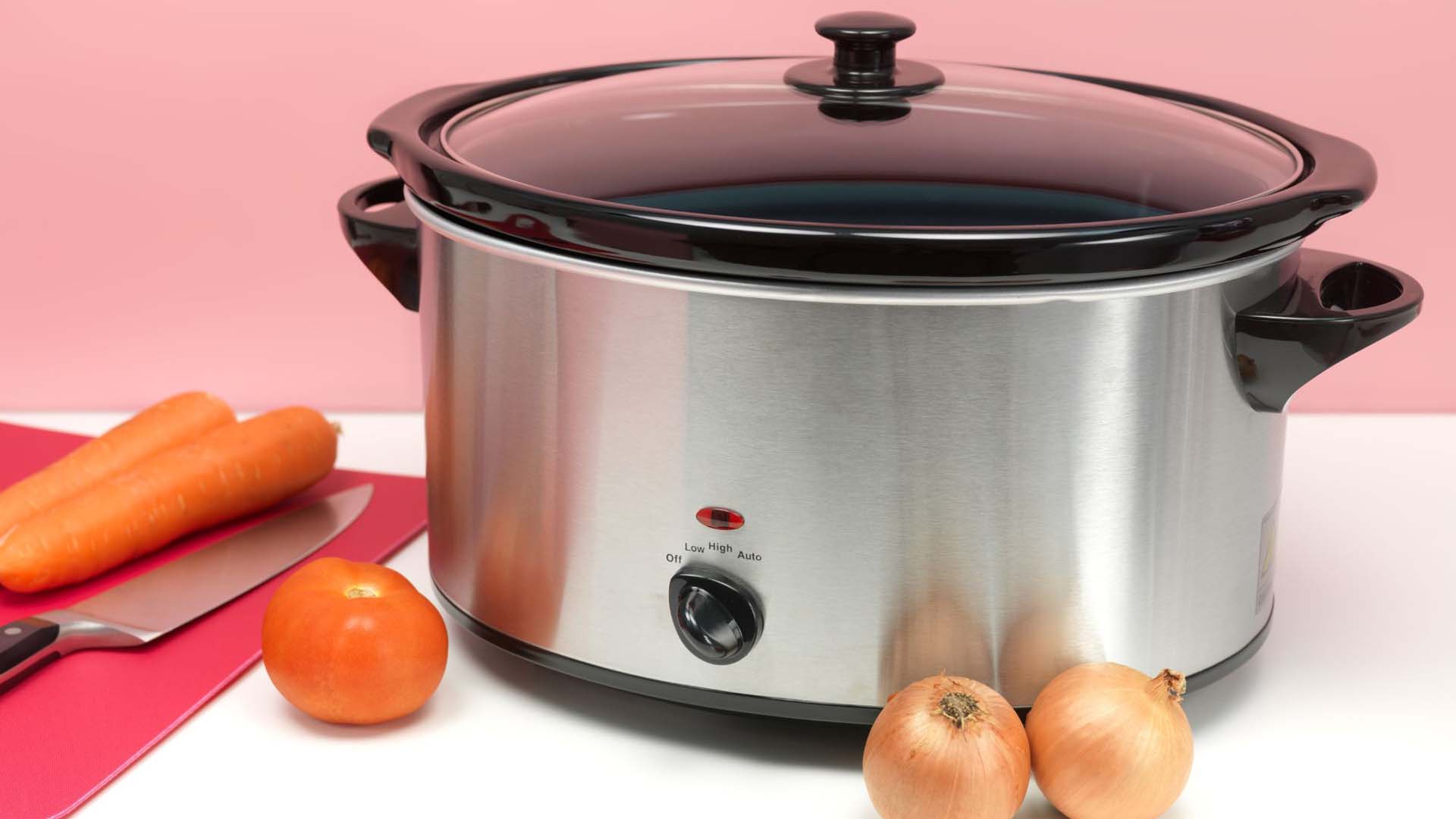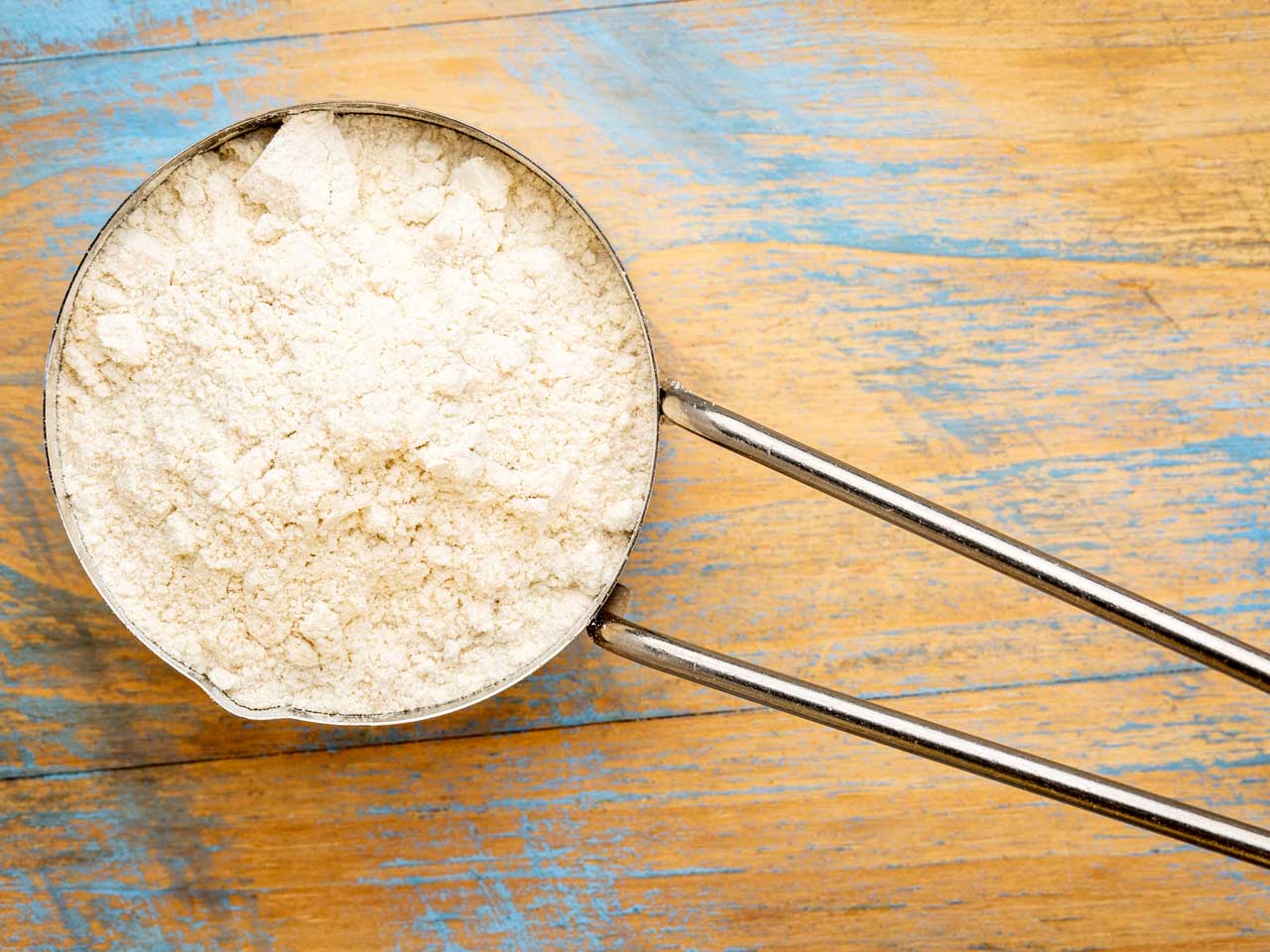
In US recipes, ingredients are typically measured in either pounds and ounces or cups and spoons, where UK recipes call for metric measures.
Take the guesswork out of baking and cooking your favourite US recipes with our handy guide to weight and volume conversions.
Don’t mix imperial and metric measures when following a recipe – pick one and stick to it.
| Imperial | US cups | Metric |
|---|---|---|
| 1/2 fl oz | 1 tablespoon | 15ml |
| 1 fl oz | 1/8 cup | 30ml |
| 2 fl oz | 1/4 cup | 60ml |
| 2 1/2 fl oz | 1/3 cup | 80ml |
| 4 fl oz | 1/2 cup | 120ml |
| 5 fl oz | 2/3 cup | 160ml |
| 6 fl oz | 3/4 cup | 180ml |
| 8 fl oz | 1 cup | 240ml |
TIP
There’s a small difference between metric cups and US cups. A standard metric cup holds 250ml of liquid whereas a US cup holds slightly less at 240ml. With most recipes, this slight difference won’t affect the final result. If in doubt, convert the US cup measurements to metric milliliters.
| Imperial | Metric |
|---|---|
| 1/4 oz | 7g |
| 1/2 oz | 15g |
| 1 oz | 30g |
| 2 oz | 60g |
| 3 oz | 85g |
| 4 oz | 110g |
| 5 oz | 140g |
| 6 oz | 170g |
| 7 oz | 200g |
| 8 oz | 225g |
| 9 oz | 255g |
| 10 oz | 280g |
| 11 oz | 310g |
| 12 oz | 340g |
| 13 oz | 370g |
| 14 oz | 400g |
| 15 oz | 425g |
| 1 lb | 450g |
Many US recipes call for ingredients to be measured in cups. Cups work fine when measuring volume but converting cup measurements to grams is tricky as the equivalent weight depends on the ingredient. For example, a cup of sugar will weigh around 225gm, but a cup of flour may weigh only about 150gm.
Below is a guide to converting some commonly used ingredients from US cup measures to the approximate gram equivalent. However, it’s usually best to follow the recipe by using cup measures. You can buy a set of measuring cups online, in large supermarkets, department stores or kitchenware stores.
| US cups | Weight in grams |
|---|---|
| 1 cup flour | 150g |
| 1 cup caster/granulated sugar | 225g |
| 1 cup brown sugar | 200g |
| 1 cup icing sugar | 125g |
| 1 cup butter/margarine/lard | 225g |
| 1 cup sultanas/raisins | 200g |
| 1 cup currants | 150g |
| 1 cup ground almonds | 110g |
| 1 cup uncooked rice | 200g |
| 1 cup grated cheese | 110g |
| 1 stick butter | 113g |
US recipes usually give oven temperatures in degree Fahrenheit, whereas most UK ovens show temperature in Celsius only. Use the table below to find the UK equivalent. With fan-assisted ovens, remember to reduce the temperature by 20 degrees as shown below.
| Description | Electric °F | Electric °C | Electric °C Fan | Gas mark |
|---|---|---|---|---|
| Very cool | 225 | 110 | 90 | 1/4 |
| Very cool | 250 | 120 | 100 | 1/2 |
| Cool | 275 | 140 | 120 | 1 |
| Cool | 300 | 150 | 130 | 2 |
| Warm | 325 | 160 | 140 | 3 |
| Moderate | 350 | 180 | 160 | 4 |
| Moderately hot | 375 | 190 | 170 | 5 |
| Fairly hot | 400 | 200 | 180 | 6 |
| Hot | 425 | 220 | 200 | 7 |
| Very hot | 450 | 230 | 210 | 8 |
| Very hot | 475 | 240 | 220 | 9 |
Lynn has more than 25 years' experience as a magazine editor, journalist and book author. She writes for consumer magazines and websites, covering a diverse range of topics including technology, computing, personal finance, food and nutrition.
View author page
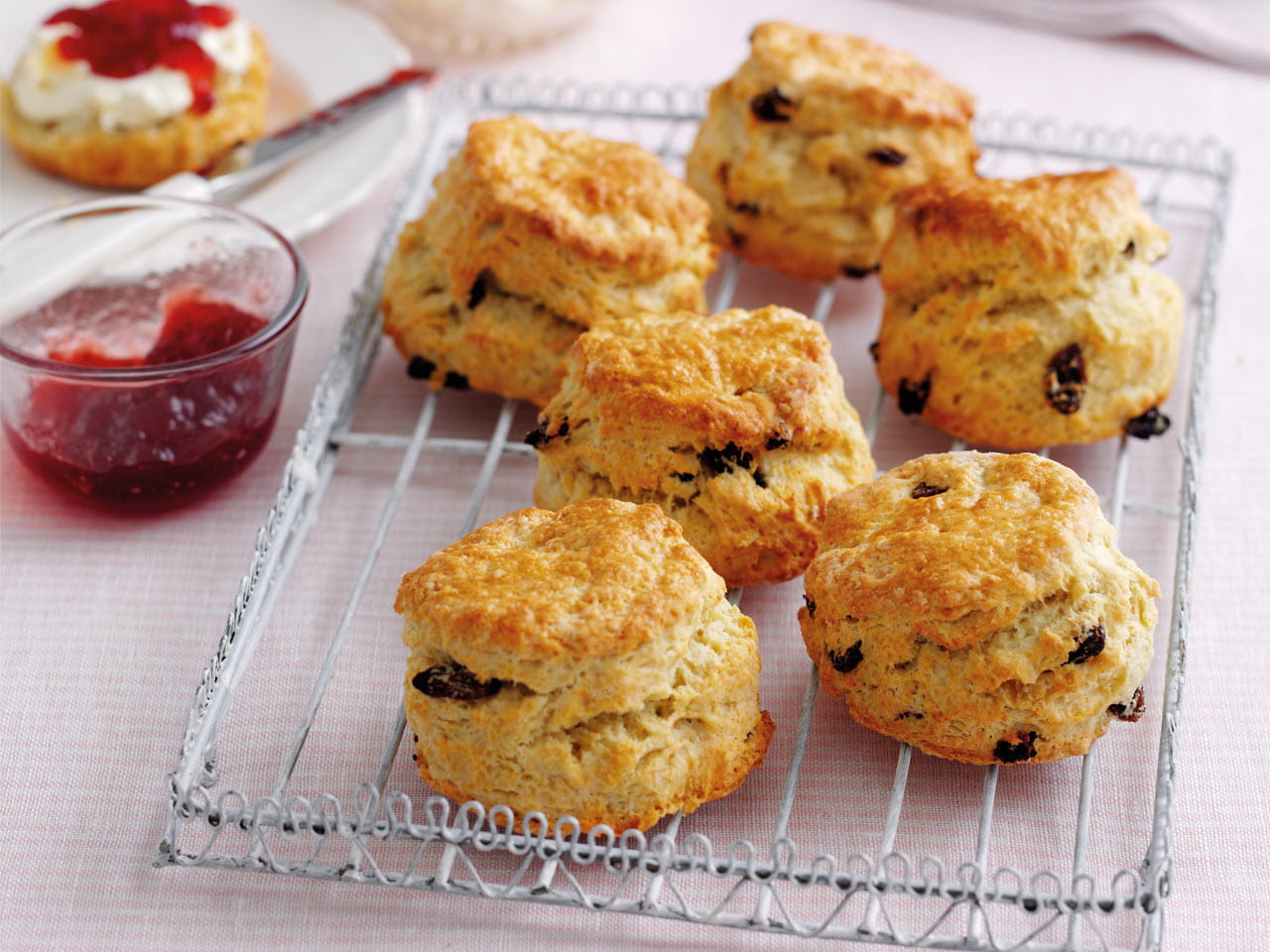
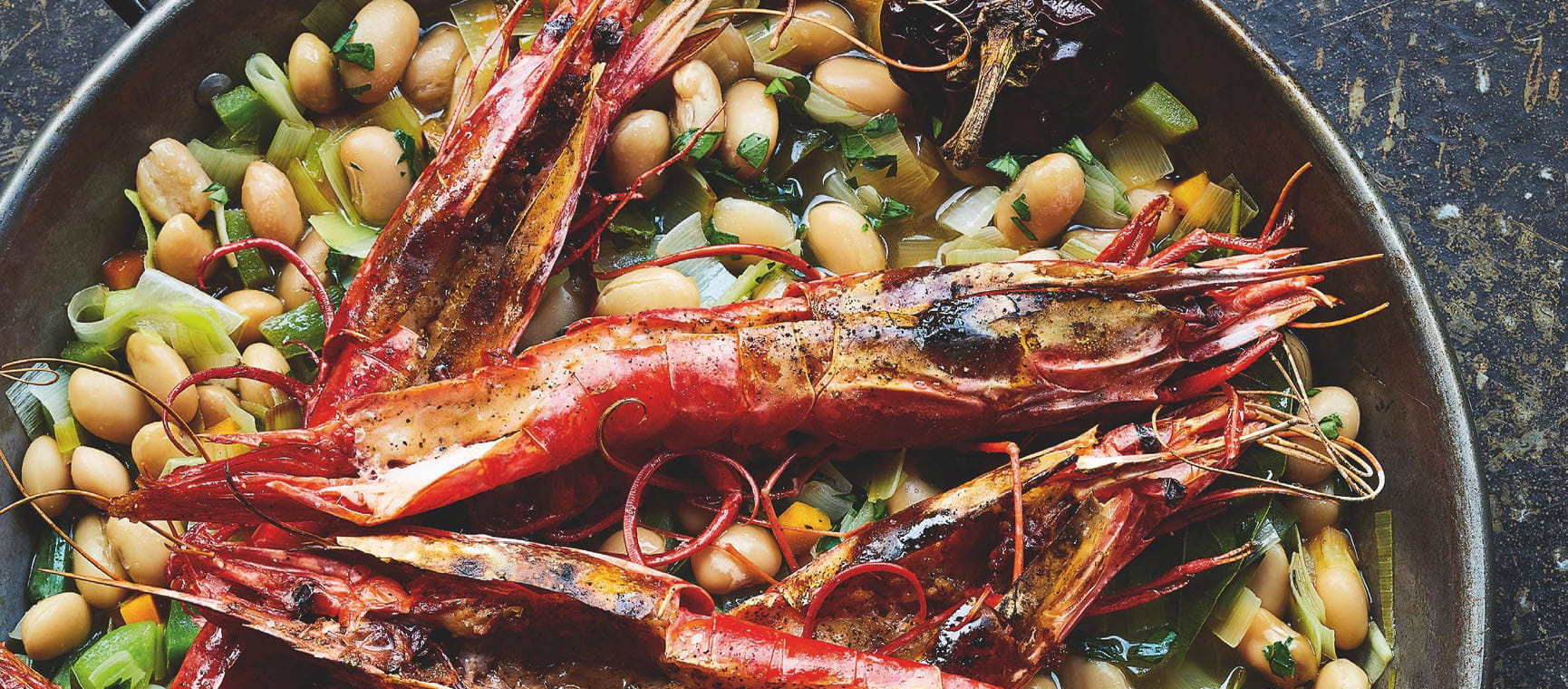
Celebrity chef James Martin shares his recipes for Valencian Beans and Prawns and Creme Caramel with Spiced Seville Oranges.
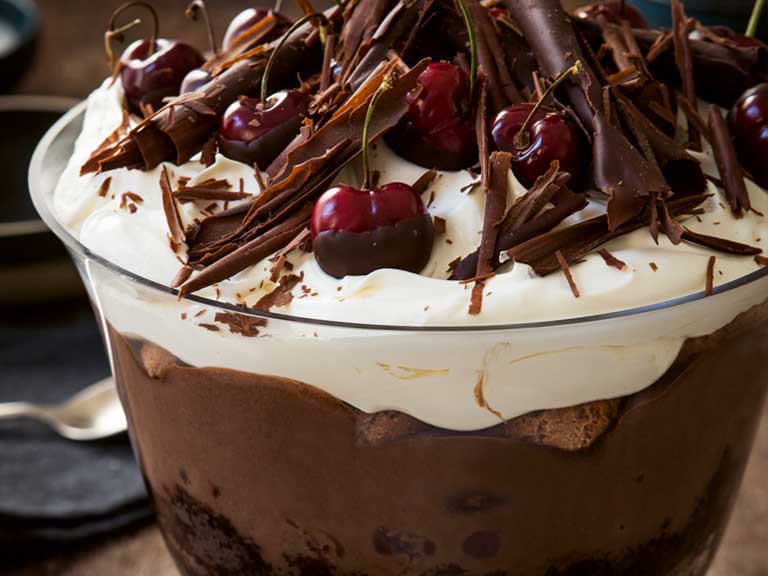

As summer approaches, our expert says it’s time to reappraise rosé and seek out more robust styles.

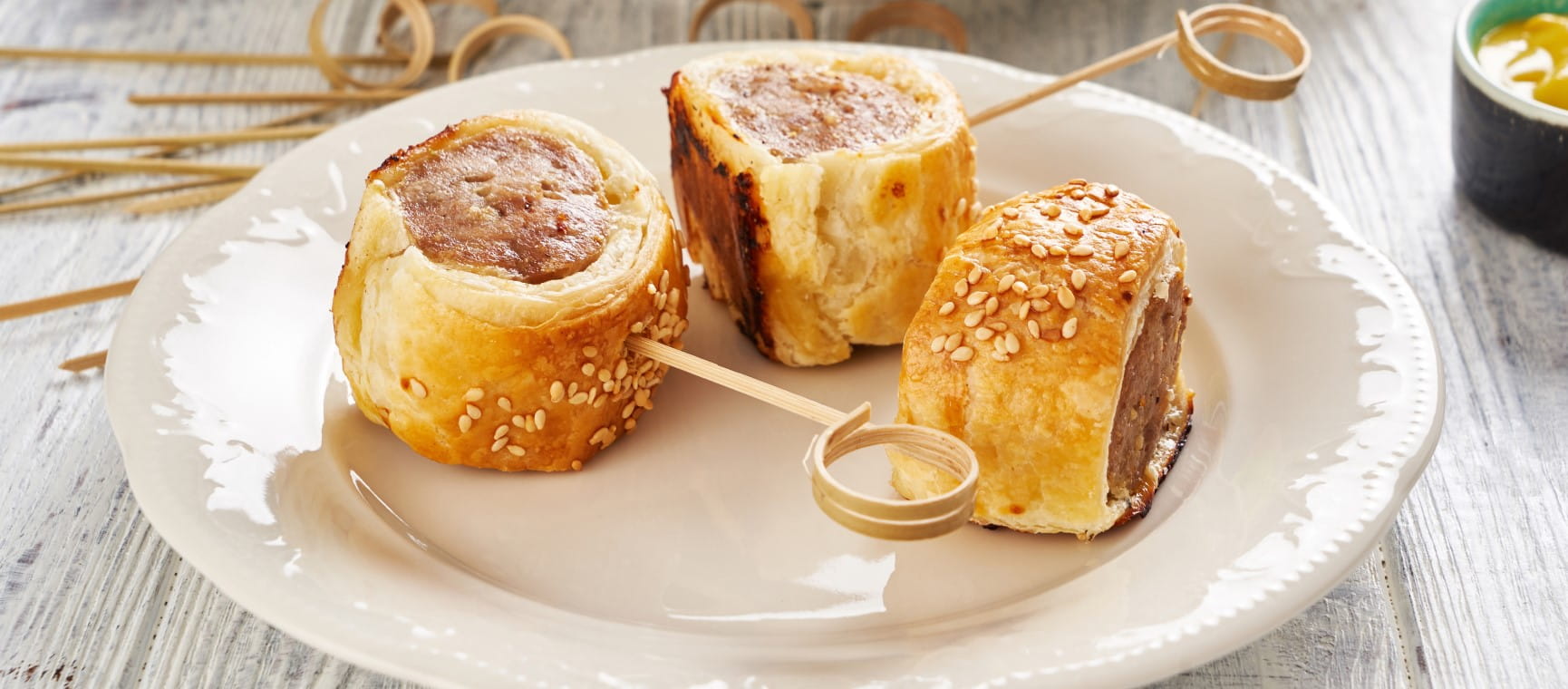
From parties to picnics, mini sausage rolls are the perfect snack. But which ones are our experts’ favourites?

Both sit nicely atop your kitchen counter, but is one better than the other?
